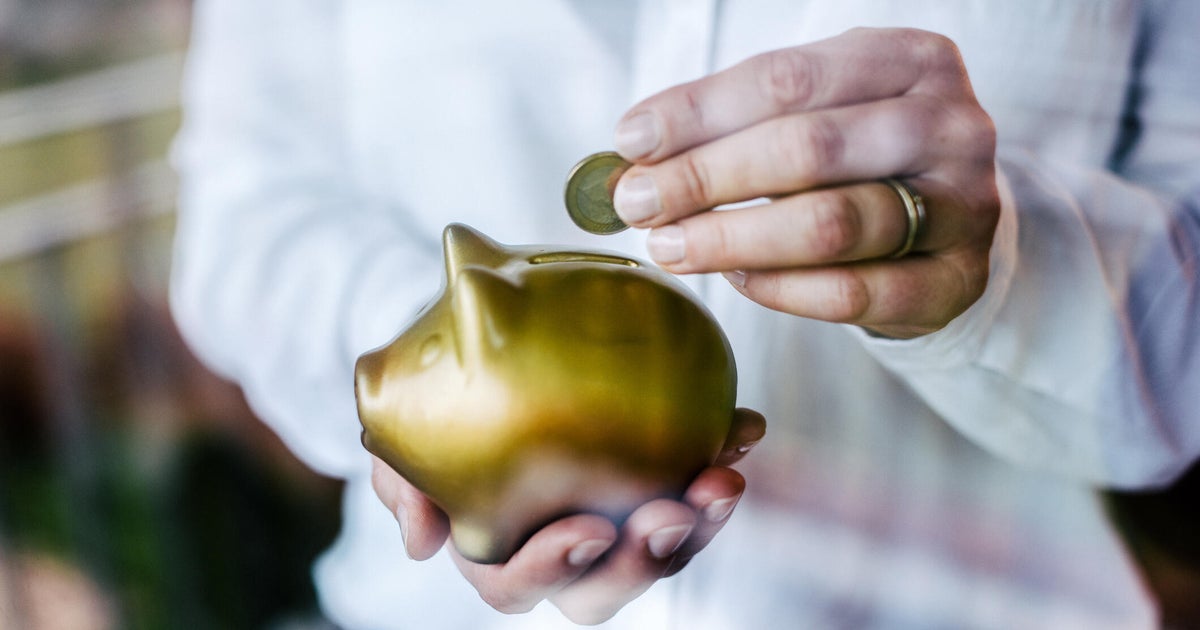How much money do you need to open a gold IRA? Experts weigh in
Many retirees like to own some gold in their portfolios for reasons such as diversification and the potential for gold to serve as a hedge against inflation. However, the IRS has certain rules around holding gold within retirement portfolios.
If you want to own physical gold while getting the tax benefits that come from an individual retirement account (IRA), you typically need to open a self-directed IRA, commonly known as a gold IRA.
If you do want to open one of these accounts, it's important to understand the account minimums of a gold IRA, including any costs. Start by requesting a free gold information kit here to learn more about this unique investment opportunity.
How much money do you need to open a gold IRA?
The amount of money you need to open a gold IRA can vary by provider. Some gold IRAs do not have any minimums, although there can still be costs, such as for holding the physical gold, as you generally can't store bullion yourself prior to taking distributions, if you want to comply with IRS rules for gold IRAs.
Typically, opening a gold IRA carries fees of around $100-$400, says David Rosenstrock, director at Wharton Wealth Planning. So, the more you put into a gold IRA, the lower these fees would be as a percentage of your initial investment, which is important, he says.
If you invested $100 in a gold IRA but paid $400 in fees, for example, it would be hard to break even anytime soon, let alone earn a positive return on your investment.
Note that gold IRAs have maximum annual contributions. For 2023, you can contribute up to $6,500 combined across gold IRAs, traditional IRAs, and Roth IRAs, if eligible. Those ages 50 or up can also contribute an extra $1,000. Self-employed individuals might also be able to contribute higher amounts through different structures.
You also might be able to open a gold IRA with a higher amount by rolling over a balance from another retirement account that you've built up over the years. Rollovers are not subject to contribution limits.
"Most folks choose to rollover or transfer funds from an existing retirement account," says Jonathan Rose, co-founder, Genesis Gold Group. "Given the fee structure for gold IRAs, it typically makes the most sense for accounts with $25,000 or more."
Some say that a lower amount could work, though it depends on the fees.
"The recommended amount is $10,000 and above, factoring in the yearly custodial and depository storage fees," says Alex Ebkarian, COO and co-founder of Allegiance Gold.
Learn more about your gold IRA options here today.
Why should you open a gold IRA?
While you can invest in assets like gold ETFs in a traditional IRA, some investors prefer to own physical gold and thus open a gold IRA.
"Generally speaking, if you are simply looking for exposure to the spot price of gold and silver, then an ETF can provide you with that," says Rose. "However, when clients come to us with concerns about the greater economy, they typically are in favor of physical ownership of the gold and silver itself, which is the number one thing that an ETF lacks."
For some, the benefits of physical ownership of assets like gold bars and coins, which you can tangibly hold yourself after taking a gold IRA distribution, outweigh the costs. "Having ownership of physical gold in the form of gold coins and bars within a gold IRA allows for better control and another layer of privacy since transactions can be relatively discrete," says Ebkarian.
How do gold IRAs fit into retirement portfolios?
If you do want to open a gold IRA, you don't have to choose entirely between that type of account and other retirement accounts. You might still hold a substantial amount of stocks and bonds in a traditional IRA, for example, while putting some money into a gold IRA.
Rosenstrock points to a rule of thumb of limiting gold to 5% to 10% of an overall portfolio's value, and he generally does not recommend gold as a long-term investment.
Others, however, prefer to put more into gold IRAs.
Ebkarian says that he's noticed investors putting anywhere from 10%-50% of their portfolios in gold, though he adds that a tax advisor or financial advisor would be best suited to advise on an individual's specific percentage. "Because each person may have different objectives and their individual financial situation varies, the diversification of a portfolio using gold differs from one person to another," he says.




